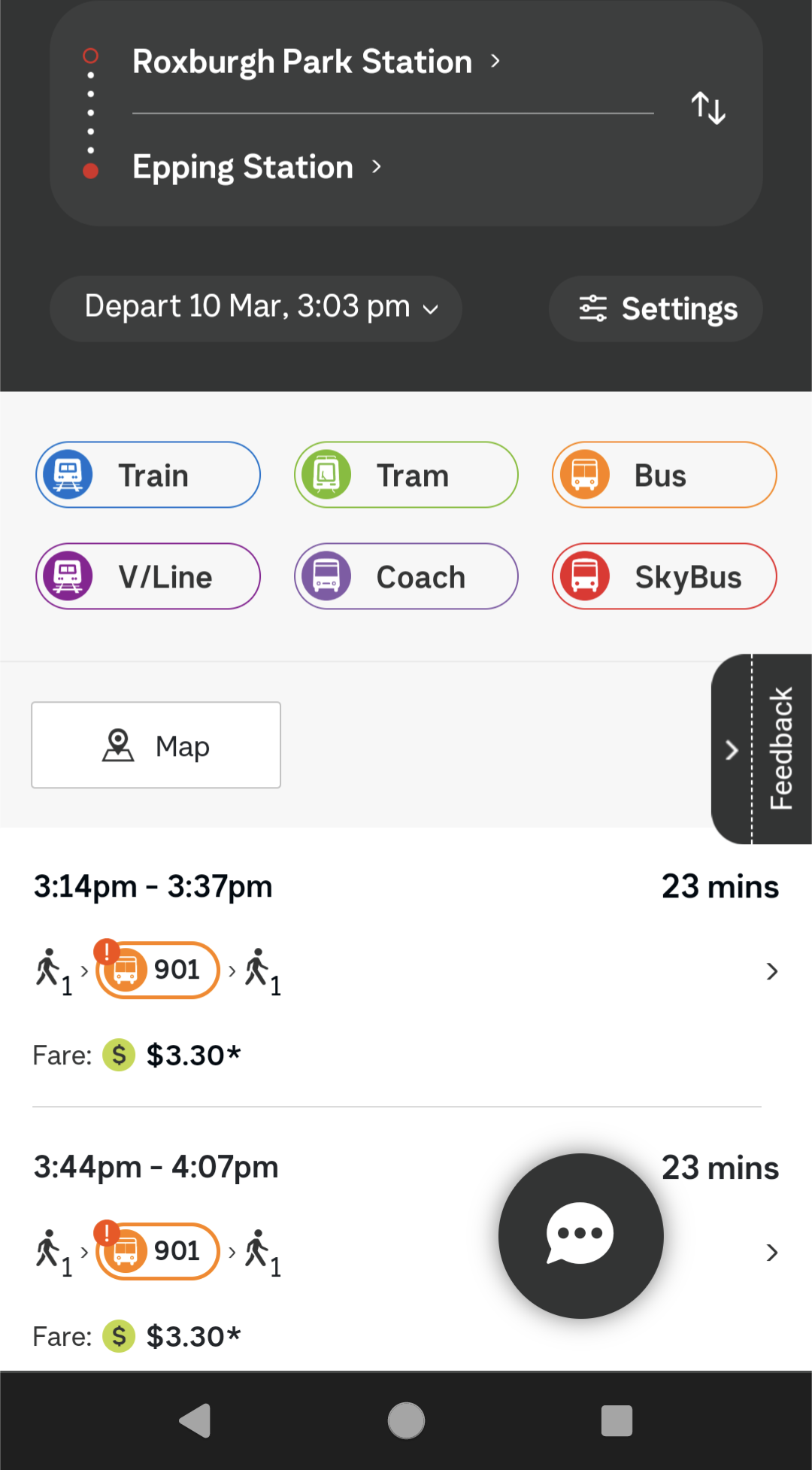Tesla announced it had quit the FCAI on Thursday and Polestar followed it up on Friday, saying the FCAI campaign – driven largely by Japanese car makers led by Toyota – is intolerable.
…
Tesla and now Polestar’s announcement that they intend to leave the FCAI adds to mounting pressure on CEO Tony Webber who last month came under fire for threatening to run a 2010 anti mining tax style fear campaign against the government’s New Vehicle Efficiency Standard.
The fossil car lobby group CEO claimed that the NVES would cost the entire car-buying public $38 billion in the first five years, which led to the AFR running a story titled “Labor’s new EV-boosting rules will cost $38b, auto group says” followed by Coalition leader Peter Dutton and Nationals Senator Matt Canavan parroting claims that the NVES would see the price of popular vehicles increase by up to $25,000. Claims that have been widely rejected including by the Electric Vehicle Council.
I feel Toyota is doing huge damage to their reputation by going down this path. There’s a line where “the safe and reliable choice” becomes “old and out of touch”.
Toyota really screwed up in deciding that Hydrogen was the energy of the future. Even when everyone else in the world went with electricity they persisted in their failed vision. It’s a shame that an otherwise great manufacturer should fall victim to such massive hubris but honestly I think their days are numbered as a major vehicle manufacturer.
There’s no chance that hydrogen’s going to be a long term success for them and with all their eggs in the one basket it looks like they’re dead men walking.
Offsetting that dominant buyer inclination were record sales of eco-friendly cars, namely battery-electric vehicles (87,212, +161.1%), plug-in hybrid electric vehicles (11,212, +88.8%) and the sought-after traditional hybrid cars, still the most popular alternative-fuel options with 98,439 units sold last year (+20.3%). Of the latter, Toyota alone sold 72,815 petrol-electric cars, representing 74 per cent of hybrid vehicle sales across all brands as well as 31.5 per cent of Toyota’s overall sales.
Toyota sold twice as many vehicles as the next best manufacturer. They dominate the SUV, van, Ute markets. I can’t see them going anywhere soon.
Nokia phones and Kodak cameras were huge once. Then technology advanced and they didn’t.
deleted by creator
Nokia Android smartphones are actually HMD smartphone.
@moitoi @unionagainstdhmo It’s a bit more complicated than that.
So Nokia sold its mobile phone business to Microsoft for around US$7.5 billion in 2013.
Microsoft licensed the rights to use the Nokia brand for 10 years (but eventually rebranded the phones to Microsoft Lumia).
The old Nokia continues to make commercial communications equipment: https://www.nokia.com/about-us/news/releases/2014/04/25/nokia-completes-sale-of-substantially-all-of-its-devices-services-business-to-microsoft/
By 2015, Microsoft realised it screwed up and wrote down the entire value of the former Nokia/Lumia mobile phone business: https://www.computerworld.com/article/2945371/microsoft-writes-off-76b-admits-failure-of-nokia-acquisition.html
Meanwhile, a group of former Nokia employees, with financial backing from Nokia, set up a new company called HMD Global.
Then HMD Global bought most of the former Nokia/Lumia mobile phone business off Microsoft for $350 million (including the licence to use the Nokia brand).
Foxconn bought the manufacturing, distribution and sales divisions. Foxconn then signed an agreement with HMD to build phones for HMD using those assets: https://www.theguardian.com/technology/2016/may/18/nokia-returns-phone-market-microsoft-sells-brand-hmd-foxconn
So when you buy a HMD phone, you’re buying from a company that’s partly owned by Nokia, managed by ex-Nokia people, designed by the former Nokia/Lumia mobile phone division, and built by the former Nokia/Lumia mobile phone division (through Foxconn).
It’s pretty much a Nokia phone.
@zurohki @notgold In some ways, it’s also a tech standards war, a bit like VHS vs Betamax. Or HD-DVD vs BluRay. Or Windows Phone vs Android.
Right now, it looks like most of the auto industry is going in the direction of BEVs, just like most of the home electronics industry went with VHS in the '80s.
Meanwhile, Toyota is sticking with hydrogen.
The best technology doesn’t always win a standards war. There are some benefits to green hydrogen cars over BEVs, just like Beta had some benefits over VHS.
The problem with one company supporting one standard when the rest of the industry goes the other way is that it can get expensive.
You have most of the economies of scale with the industry-leading technology. That tends to make it cheaper for consumers.
You have a bigger ecosystem of companies and more infrastructure supporting the industry standard.
That means a company that uses the non-standard technology typically has to do more work (and has more costs) to support it.
At this point, Tesla doesn’t have to spend a lot of money to roll out its own EV charging stations, because there’s a growing ecosystem.of companies doing it.
However, if hydrogen doesn’t become the industry standard fuel for cars and Toyota wants to stick with it, then it might need to cover some of the costs of rolling out hydrogen refueling itself.
A company like Apple, which has a large and loyal customer base, can get away with charging customers more to use its own standards.
I’m not sure Toyota does.
None of that in itself means Toyota will go out of business. But it will be a lot more challenging.
The best technology doesn’t always win a standards war. There are some benefits to green hydrogen cars over BEVs, just like Beta had some benefits over VHS.
As far as I can tell, the only benefit is green hydrogen can be faster to fill as long as the filling station has had a rest between cars.
The disadvantages include some killers: the woeful energy efficiency ensures the cost of driving a FCEV can never be less than three times the cost of driving the same distance in a BEV, and that’s even if someone just waves a magic wand and a trillion dollars worth of hydrogen infrastructure appears out of thin air.
Fuel cell EVs kind of make sense as plug-in hybrids, where you have around 80km of battery range for daily use and use hydrogen for longer trips. You need a lot less filling stations and spend a lot less time using expensive hydrogen that way, but that’s not Toyota’s vision.
Comparing charging infrastructure and hydrogen infrastructure isn’t really an apples-to-apples comparison, because charging reuses a lot of pre-existing infrastructure. You can buy and drive a BEV with zero charging stations, just plugging it in to an outlet in your garage overnight. In the early days there was a lot of charging from caravan parks and the like. I’ve got a portable charger that plugs in to the three phase outlets you find in parks and showgrounds. There’s no hydrogen equivalent to any of that, 100% of your energy needs to come from a FCEV filling station.
Fuel cell EVs kind of make sense as plug-in hybrids, where you have around 80km of battery range for daily use and use hydrogen for longer trips.
I get this. But my brain just can’t wrap itself around that you have the complexity and disadvantages of both systems in the one vehicle.too.
I’m in the city. Apparently having batteries means you couldn’t drive far enough and would catch on fire lol. I was asking someone the other day how often they drove more than 50km from their home, and they looked at me like I was an alien. Full on tilt.
Well, fuel cell EVs already need a battery because the fuel cell can’t do regen. So it’s already a hybrid, you’re just making the battery a bit bigger and adding a plug.
Microsoft are the main reason Nokia aren’t what they used to be, Kodak have nobody to blame but themselves.
Nokia dragged their feet on smart phones and paid the price. The fact that they went with Microsoft when they did start making smart phones almost certainly didn’t help matters, but they were already way behind at that point.
Eh, even today there’s a market for borderline indestructible phones with buttons, I don’t think they had entirely lost the plot.
I do think they’d have caught up fast if it wasn’t for Microsoft.
@Ilovethebomb @lordriffington There’s a guy on the Fediverse named @tomiahonen who’s a former Nokia executive.
The short version goes something like this: the first iPhone launched in the US as of 2007, the first Android by 2008.
Nokia responded by making its Symbian operating system touch enabled, and working longer-term on a next generation operating system called MeeGo.
By mid-2011, Nokia launched its first MeeGo phone, called the N9.
Nokia was actually outselling Apple in smartphones, and it had a faster growth rate.
It had great relations with most telcos around the world.
All it had to do was persuade existing Nokia featurephone owners to upgrade to a MeeGo phone and it was set.
Then Nokia hired an ex-Microsoft executive named Stephen Elop. He immediately signed Nokia up to go Windows Phone exclusive and called MeeGo a burning platform.
He openly said that even if N9 was a massive success, there’d be no more MeeGo phones ever.
The first Nokia Windows Phones came at the end of 2011, running Windows Phone 7. It was basically just Windows CE with a touch interface.
Microsoft’s true response to iOS and Android was Windows Phone 8, and that didn’t come until right at the end of 2012, nearly 2013.
(At this point, the iPhone had been on the market for five years, and Android for four years.)
Why Windows Phone screwed up is a whole 'nother story, but Nokia went all in on what turned out to be a sinking ship, and the rest is history.
Nokia’s phone division was very poorly led for a long time before Windows Phone happened.
They won’t go anywhere, but their hydrogen program will eventually be a huge write down.
They’ve been dancing on that line for pretty much the life of the company, at least at the lower end of their range. Their vehicles have been badly equipped as far as options go for as long as I’ve been driving.
I applaud them for calling out the BS publicly. I hope others brands follow, and I hope this story increases scrutiny on the misinformation being pushed. Unfortunately, this leaves the FCAI free to adopt an even more conservative position in its advocacy without dissenting member voices.
The companies that left can do their own advocacy though, without Toyota pushing fossil fuels and claiming to speak for them.
It’s amazing that catching up with the rest of the world and using safer more efficient technology already in use is so expensive and so difficult to implement. Who do they think we are, all LNP supporters?
Oh, man. Both sides of this argument are so disingenuous.
The “traditional” car makers are being sooks, because they’ve clearly been asleep at the wheel (hah!) and steadfastly refused to make reasonable progress on emissions reduction, despite overwhelming scientific evidence that we’re killing our planet.
On the other hand, the EV car makers stand to make the most money from the new scheme, with much of it arguably coming from a new revenue stream of them being able to sell the first group their emissions credits. Let’s ignore the fact for a moment that, here in Australia, much of the power that charges these EVs comes from burning coal.
This is on the Australia government, particularly those fucked-up Libs with their noses firmly planted up big business’ collective arse, for not taking meaningful action much sooner.
Important note: I’m not a green warrior by any stretch, and I drive a regular ICE car. I’m just fed up with all the finger-pointing and blame-shifting for an issue that threatens us globally.
What is the issue they are talking about?
First Tesla and now Polestar have quit membership of the FCAI due to the automotive peak body’s misrepresentation of, and lobbying against, the government’s proposed fuel efficiency standards: https://www.abc.net.au/news/2024-03-07/tesla-quits-fcai-over-carbon-emissions-scheme/103558374
I will never be able to afford a new car, so raising the prices by 25k is just ridiculous.
deleted by creator
A car is a privilege, not a right. Use public transport.
Not everyone lives in an area that provides public transport. You need to learn how to think outside your own bubble.
You can also walk.
You literally added nothing here. Walking miles to and from work is also not always an option. My point still stands.
What point? A car is a privilege, not a right. If you can’t afford it - you walk.
Yeah, sadly this isn’t an option for everyone. Simply put, I work 65km from where I live, and PT just isn’t an option for the locations I work.
This is not about the consumer - don’t let big business’ shady tricks gull you into believing otherwise. The stark reality is that successive governments haven’t done anywhere near enough to curb industrial pollution or drive emissions reduction.
Consumers will buy whatever the market offers them. We’re the end result - not the driver.
What the world really needs is a huge carbon tax which will make everything reflect its true price. That would make cars a lot more expensive.
Also cars should pay for all the space they take up on high value land and the damage they do to the streets. Which would make them ever more expensive.
Cars are ridiculously subsidised
Not always an option for folks for a myriad of reasons, the U.S. doesn’t have the infrastructure for it like Europe.
They did. They had the greatest passenger rail system in the world.
deleted by creator
deleted by creator
It is what the PTV website shows.
And having caught that bus from Tullamarine to Epping, 23 minutes for the segment from Roxburgh Park station to Epping is about right. (Depending on traffic, of course.)

deleted by creator
Walk.
deleted by creator
Removed by mod





